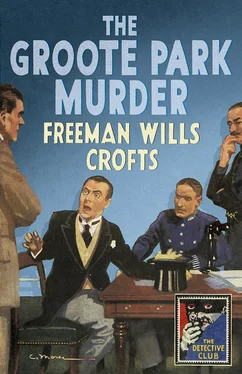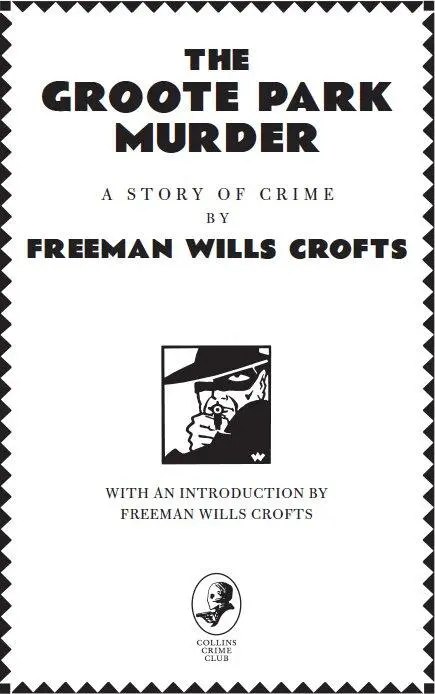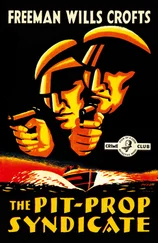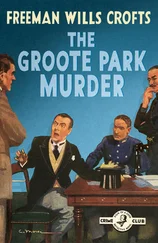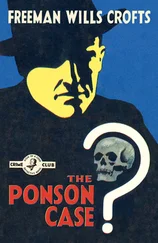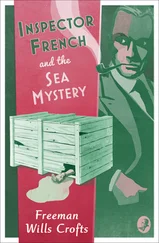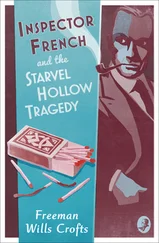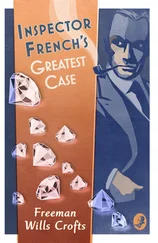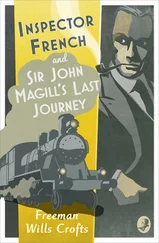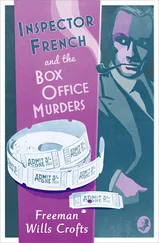‘THE DETECTIVE STORY CLUB is a clearing house for the best detective and mystery stories chosen for you by a select committee of experts. Only the most ingenious crime stories will be published under the THE DETECTIVE STORY CLUB imprint. A special distinguishing stamp appears on the wrapper and title page of every THE DETECTIVE STORY CLUB book—the Man with the Gun. Always look for the Man with the Gun when buying a Crime book.’
Wm. Collins Sons & Co. Ltd., 1929
Now the Man with the Gun is back in this series of COLLINS CRIME CLUB reprints, and with him the chance to experience the classic books that influenced the Golden Age of crime fiction.
Copyright Copyright Introduction PART I: SOUTH AFRICA I. THE DARTIE ROAD TUNNEL II. THE POTTING SHED III. GATHERING THE THREADS IV. VANDAM FORMS A THEORY V. ROBBERY UNDER ARMS VI. A PROFITABLE EVENING VII. THE SCALA CINEMA VIII. VANDAM MAKES UP HIS MIND IX. MARION HOPE X. THE DEFENCE PART II: SCOTLAND XI. A FRESH START XII. ON THE CRIANLARICH ROAD XIII. TOUCH AND GO XIV. INSPECTOR ROSS TAKES CHARGE XV. THE BALLACHULISH FERRY XVI. INTRODUCING SIR ANTHONY SWAYNE XVII. MR SANDY BUCHAN XVIII. ENLIGHTENMENT AND MYSTIFICATION XIX. LIGHT OUT OF DARKNESS XX. CONCLUSION The Detective Story Club About the Publisher
Published by COLLINS CRIME CLUB
An imprint of HarperCollins Publishers Ltd
1 London Bridge Street
London SE1 9GF
www.harpercollins.co.uk
First published in Great Britain by The Crime Club by W. Collins Sons & Co. Ltd 1923
Copyright © Estate of Freeman Wills Crofts 1923
Introduction © Estate of Freeman Wills Crofts 1937
Cover design © HarperCollins Publishers Ltd 1923, 2017
A catalogue copy of this book is available from the British Library.
This novel is entirely a work of fiction. The names, characters and incidents portrayed in it are the work of the author’s imagination. Any resemblance to actual persons, living or dead, events or localities is entirely coincidental.
All rights reserved under International and Pan-American Copyright Conventions. By payment of the required fees, you have been granted the non-exclusive, non-transferable right to access and read the text of this e-book on screen. No part of this text may be reproduced, transmitted, down-loaded, decompiled, reverse engineered, or stored in or introduced into any information storage and retrieval system, in any form or by any means, whether electronic or mechanical, now known or hereinafter invented, without the express written permission of HarperCollins.
Source ISBN: 9780008159337
Ebook Edition © April 2017 ISBN: 9780008159344
Version: 2017-03-07
Contents
Cover
Title Page
Copyright
Introduction
PART I: SOUTH AFRICA
I. THE DARTIE ROAD TUNNEL
II. THE POTTING SHED
III. GATHERING THE THREADS
IV. VANDAM FORMS A THEORY
V. ROBBERY UNDER ARMS
VI. A PROFITABLE EVENING
VII. THE SCALA CINEMA
VIII. VANDAM MAKES UP HIS MIND
IX. MARION HOPE
X. THE DEFENCE
PART II: SCOTLAND
XI. A FRESH START
XII. ON THE CRIANLARICH ROAD
XIII. TOUCH AND GO
XIV. INSPECTOR ROSS TAKES CHARGE
XV. THE BALLACHULISH FERRY
XVI. INTRODUCING SIR ANTHONY SWAYNE
XVII. MR SANDY BUCHAN
XVIII. ENLIGHTENMENT AND MYSTIFICATION
XIX. LIGHT OUT OF DARKNESS
XX. CONCLUSION
The Detective Story Club
About the Publisher
INTRODUCTION
THE WRITING OF A DETECTIVE NOVEL
WE are going, you and I, to write a detective novel, or so I am informed. Let us see, then, how we would set about it and what we would find ourselves up against.
Necessarily we must follow a hypothetical method, for if we asked a hundred detective-novelists how they worked, we should probably get a hundred quite different replies. And we are going to write a detective story, which we are doubtless agreed deals with detection and in which the problem is supreme: not a thriller, which depends on conflict and thrills, nor yet a crime novel, which is the history of some particular crime, usually from the criminal’s point of view.
Before we begin we must settle one or two points about our detective. Is he to be a gifted amateur, a professional private detective, or a man from the C.I.D.? Is he to be a ‘character’ or an ordinary humdrum citizen? Is he to work alone or to have a Watson? Suppose you settle these points? You have? Then let’s get down to it.
If we’re lucky we shall begin with a really good idea. This may be one of five kinds. Firstly, it may be an idea for the opening of our book: some dramatic situation or happening to excite and hold the reader’s interest. The standard way of finding a body in the first chapter, if hackneyed, is hard to beat.
Secondly, our idea may be for the closing or climax of our book. This must also be dramatic. As an example I suggest the well-known situation in which Tom, who thinks Jack is dead and has impersonated him, is unexpectedly confronted with Jack in a police office or court of law.
Our idea, thirdly, may be for a good way of committing a crime, probably a murder. It should be novel and ingenious—but not too ingenious—and if possible concerned with things with which the man in the street is familiar. This is probably the most usual way of starting work on a book. Every detective fan will think of dozens of examples.
A fourth kind of idea on which to build a book is that we shall write about some definite crime, such as smuggling, gun-running, coining, arson, or frauds in high finance.
Lastly, our idea may be simply to place the action in a definite setting, such as a mining setting, or a golf or fishing setting, or to lay our scenes in a certain place: a bus or an office, an opium den or Canterbury Cathedral.
We may of course build our book on some idea which does not fall under one of these heads. For instance, Dr Austin Freeman’s book, The Red Thumb Mark , was probably built on the idea that a fingerprint is not necessarily convincing evidence.
This then is the first stage in our work: getting the idea to start on. Our second stage is more difficult: we have to build up the plot on our idea.
We do this in a very simple, but very tedious way: we ask ourselves innumerable questions and think out the answers. One question invariably leads to another, and as we go on our plot gradually takes shape.
Suppose we have decided on a murder by antimony poisoning. We shall ask ourselves questions such as: Where does the murderer get the antimony? How does he administer it? What is his motive?
Suppose in answering this last question we choose greed: that he inherits money from the man he kills. At once new questions suggest themselves. What was the relationship between the two men? Why had the deceased left money to the other? And so on.
As we continue propounding and answering these questions, we shall have the happiness of finding a story gradually growing out of nothing. We continue the good work ’til the whole happening is built up, from the first thought of the crime right down to its completion, together with the subterfuges the criminal adopts to secure his safety. A rough synopsis is then made, together with sketch maps of the important localities, short biographies of the principal characters, and a chronology of the main events.
It should be clearly understood that this synopsis is of the actual facts which are supposed to have happened: It is not a synopsis of the book. We don’t get to the book ’til the third stage, for which, however, we are now ready.
Читать дальше
